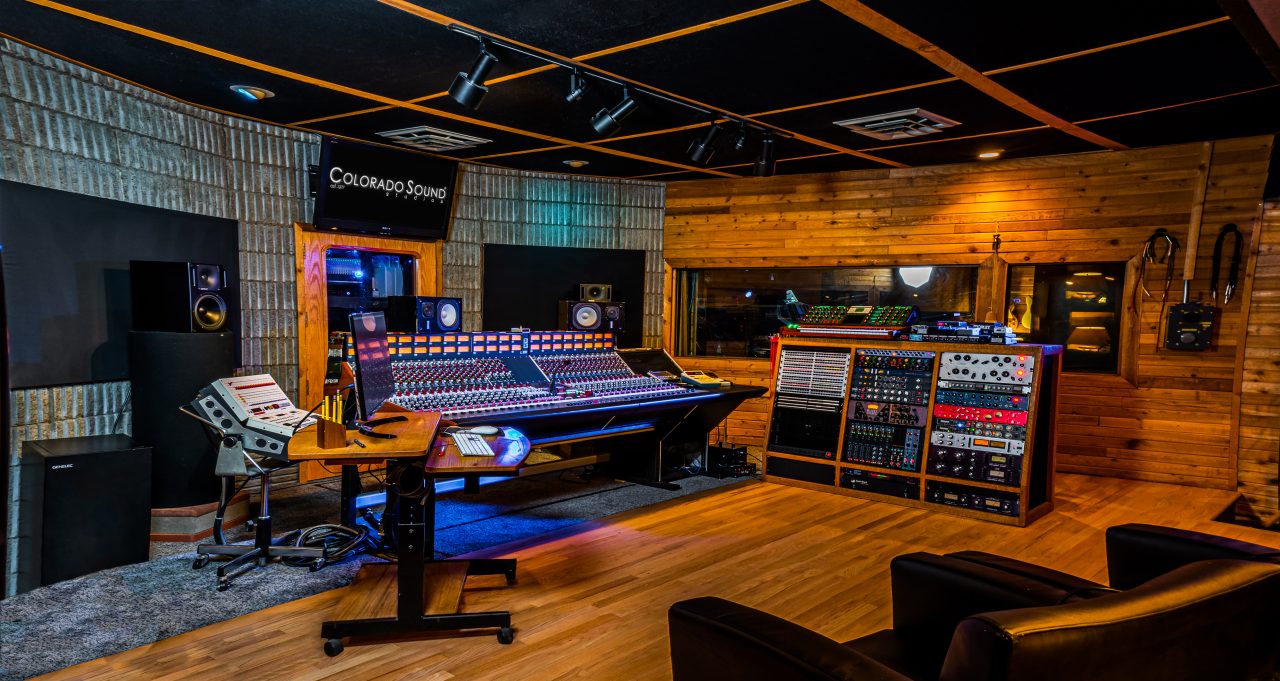Welcome back to the second of our four part series on Outboard Gear in STUDIO A. As I mentioned previously, STUDIO A has incredible outboard gear, and today we’re going to look at some of the effects processing units we have ready at your disposal. Specifically, the TC Electronics 2290 Digital Delay, the Roland SDE 3000 Digital Delay, and the Eventide H3000 Harmonizer. As a student, getting to use outboard gear is ranked near the top reason to take the Intermediate Recording Course with CSML. Let’s get into it.
TC Electronics 2290 Digital Delay

In recording studios and live sound racks all over the world, the TC Electronics 2290 is known as the industry standard Digital Delay unit. With its transparent sound quality and programmable effects, it’s easy to see why.
The 2290 has a 100dB dynamic range, and a frequency response from 20Hz up to 23KHz with a soft roll-off. For the engineer this means no hiss, crystal clear audio, and tons of headroom. For the artist, this means top-of-the-line audio quality on your tracks.
Five programmable effect loops and MIDI allow the TC Electronic 2290 to control your rack boxes and your favorite pedals at the same time. The Dynamic Control and Learn function provides you with a very unique tool to create new and exciting effects.
What makes the 2290 standout among the crowd of outboard gear is its longevity. The design team had to meet a set of stringent standards for the unit to be used in a 24-hour studio environment or Live sound environment, and that is why the 2290 is still a mainstay in studios all over the world to this day.
Roland SDE 3000 Digital Delay

Next, the Roland SDE 3000 is another mainstay digital delay processor that has a wide variety of delay effects and a built-in memory function that allows the user to save up to eight different settings.
Similarly to the TC Electronics 2290, the Roland SDE 3000 Digital Delay boasts a 100dB dynamic range and low harmonic distortion. It has a long delay setting at 4.5s and a frequency response at that setting from 20Hz to 8KHz, made specially for live sound environments. Additionally, the entire front panel of this unit can be stored into memory.
This unit was famously used by Steve Vai on his tours. Vai says of the SDE 3000, “I absolutely loved these units. No other delays seemed to be made with the care and attention to quality as these units. I used them ALL THE TIME.”
Eventide H3000 Harmonizer

Finally, the Eventide H3000 Ultra-Harmonizer is a multi-purpose digital processing unit that is fully MIDI controllable. It’s a pitch shifter, a digital reverb, and way more. In fact, here’s a list of some of the effects capable when using this piece of gear:
| Diatonic Shift | A pitch shifter that stays in key |
| Dual Shift | Two separate pitch shifters |
| Reverse Shift | Backwards-talking pitch shift |
| Layered Shift | Two pitch shifts from one input |
| Swept Combs | Six sweepable delay lines, with stereo panning |
| Swept Reverb | A dense reverb with smooth sweep capability |
| Ultra-Tap | Twelve delay taps with full control over panning, level, and delay. Includes a diffuser to generate dense gated reverb effects |
| Long Digiplex | A 1.5 second delay with smooth delay control |
| Patch Factory | A “modular” effects program which lets you design your own effect. |
| Multi-Shift | Two six-octave pitch shifters, two delays, panning and patchable feedback paths make this program incredibly useful. |
| Band Delay | A multi-tap delay line feeding eight resonant bandpass filters makes for some sounds like you’ve never heard. |
| String Modeller | Allows the H3000 to double as an extra voice in your MIDI rack. |
In the golden age of digital processing units, the mid-to-late 1980s, Eventide launched the H3000. It’s predecessors, the groundbreaking H910 and SP2016 have been touted by engineers and producers like Dave Pensado, George Massenburg, Allen Sides, and countless others. It’s fair to say that without the H910 and SP2016, there would be no H3000. But the early innovations of the SP2016 lent it’s hand to the longevity of the H3000. By making the design adaptable, Eventide were able to upgrade and expand the original H300 unit into a load of slightly different models with upgraded I/O and sampling cards; however, the analog section always remained true to the original.
The H3000’s persistence is not just a testament to the unit itself, but to Eventide’s progressive use of the technology of the time.
As I mentioned last time, the use of outboard gear in the studio continues to dwindle, due to the ease and convenience of plug-ins. But, to all experienced engineers out there with highly trained and valuable ears, these hardware units are second to none. There is nothing better. So, why wouldn’t you want to give it a try in your next session? I know I do.
Written by Kyle Dean

